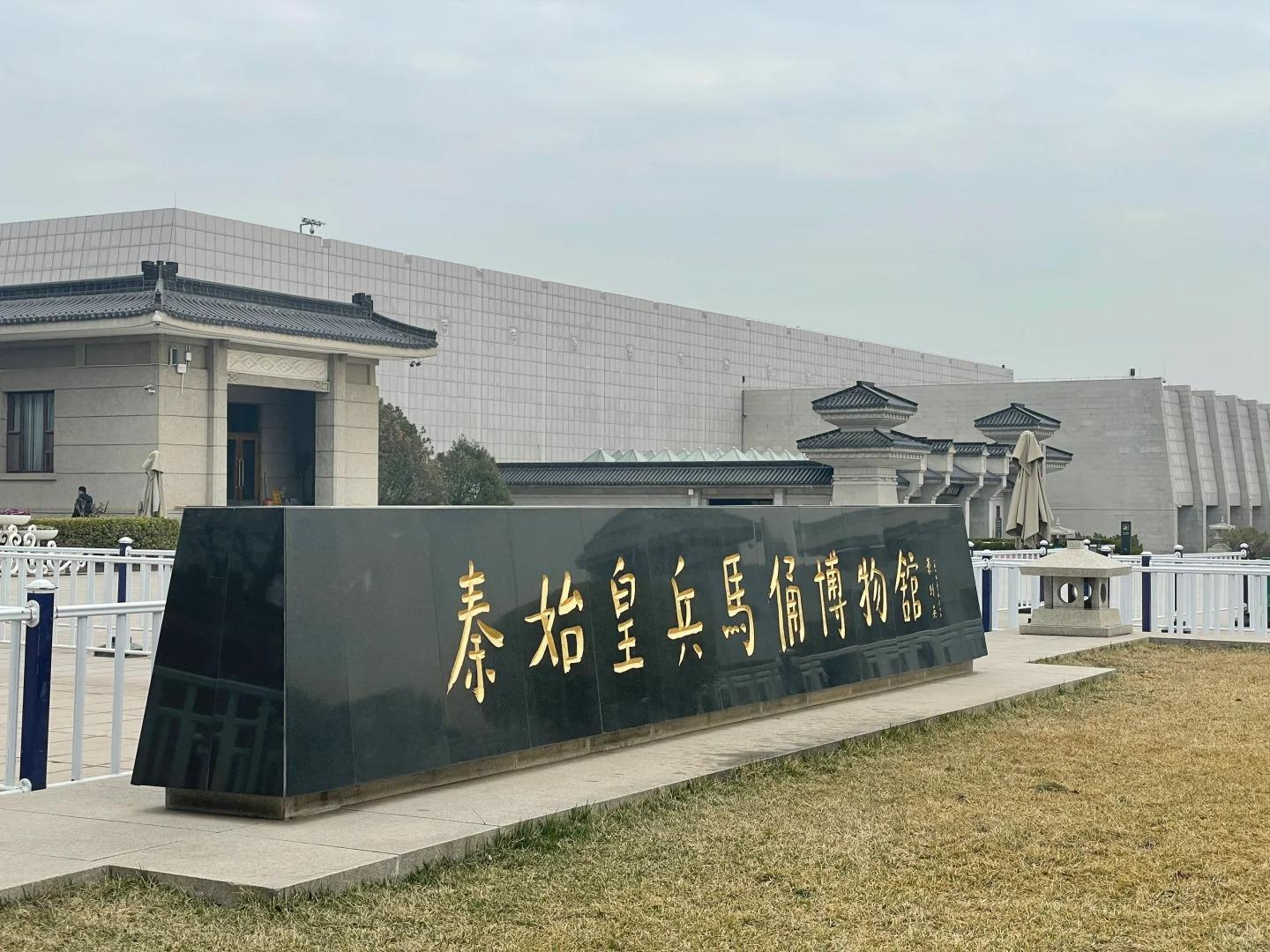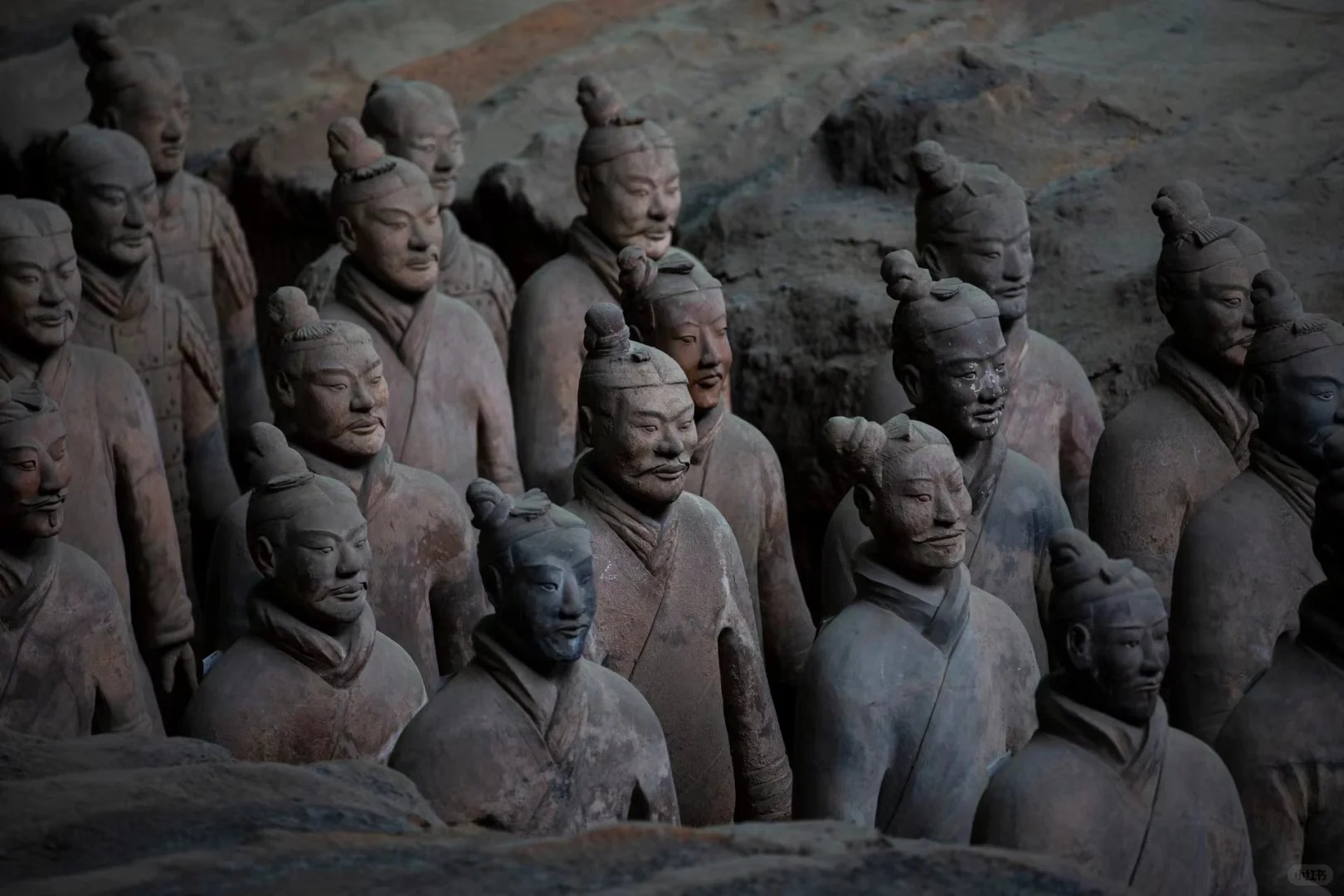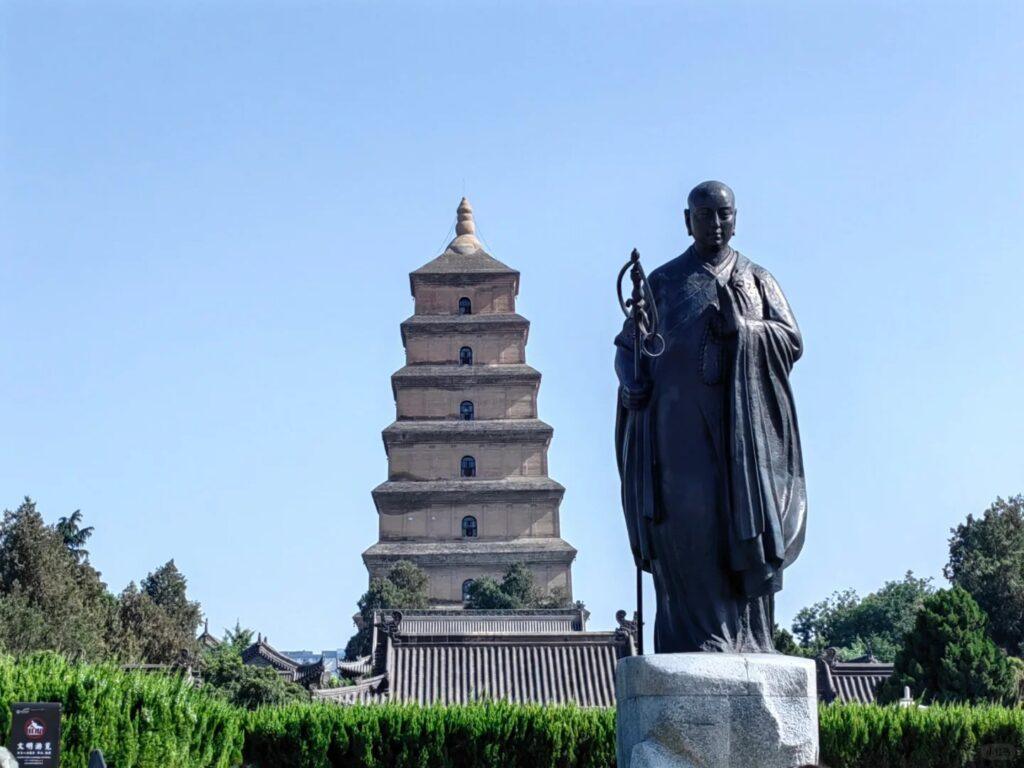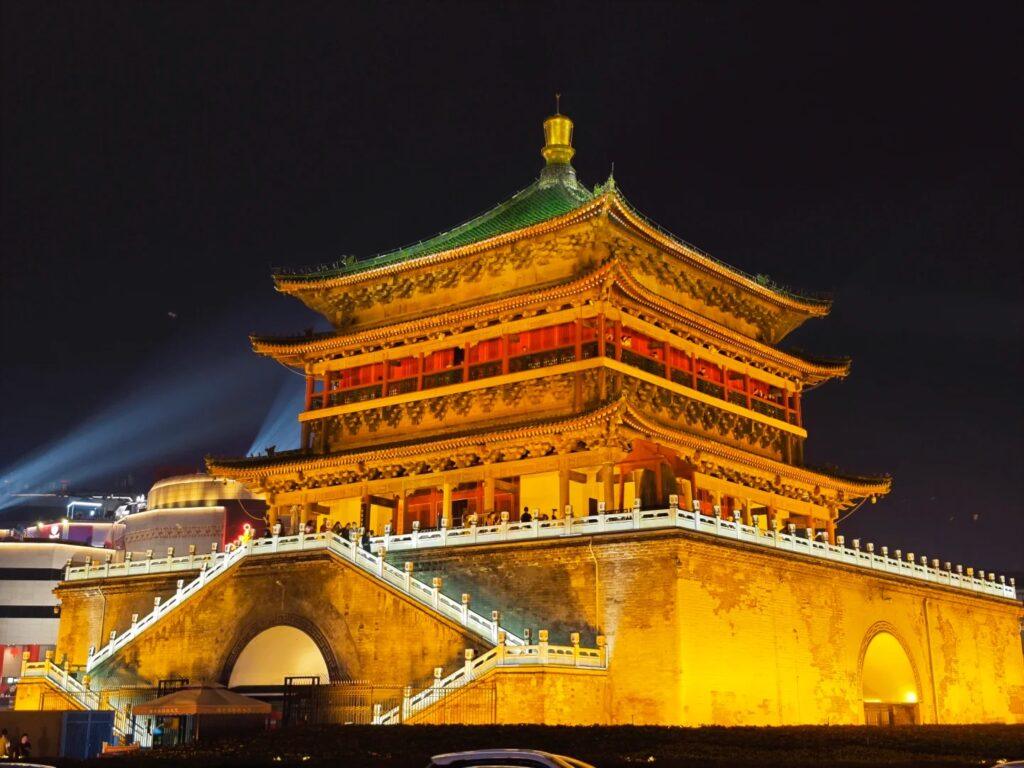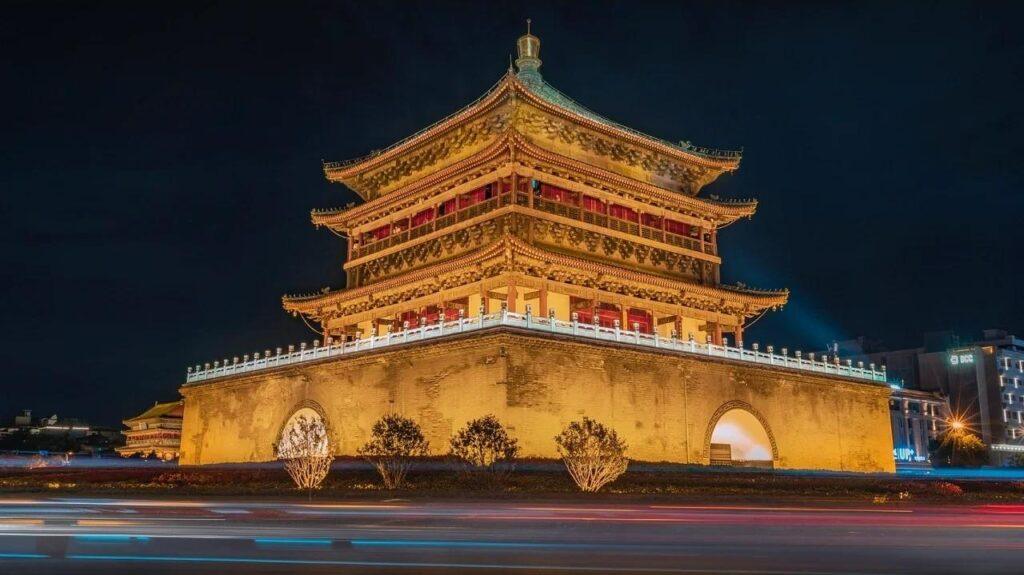Visiting Information
| Information | Details |
|---|---|
| Chinese Name | 兵马俑 (Bīng Mǎ Yǒng) |
| Location and Address | Lintong District, Xi’an, Shaanxi Province, China |
| Opening Hours | March 16 to November 15: 8:30 AM – 6:00 PM November 16 to March 15: 8:30 AM – 5:30 PM |
| Entrance Fee | March 1 to November 30: 150 CNY December 1 to end of February: 120 CNY |
| How to Get There | By Metro: Take Line 2 to Weishui Road Station, then transfer to Tourist Bus 5 (306) By Bus: Take Tourist Bus 5 (306) from Xi’an Train Station By Taxi: About 1-hour drive from Xi’an city center |
| Best Time for Visit | March to May and September to October for pleasant weather and fewer crowds |
| Contact Info | Tel: +86 29 8139 9001 |
Overview
The Terracotta Warriors, also known as the Terracotta Army, is a collection of terracotta sculptures depicting the armies of Qin Shi Huang, the first Emperor of China. Discovered in 1974, it is considered one of the greatest archaeological finds of the 20th century and a testament to the advanced civilization of ancient China.
Historical Background
The Terracotta Warriors were created around 210 BCE as part of the elaborate mausoleum complex of Emperor Qin Shi Huang. The purpose was to protect the emperor in his afterlife. The army includes over 8,000 soldiers, 130 chariots with 520 horses, and 150 cavalry horses, most of which remain buried near the emperor’s tomb.

Architectural Features
The Terracotta Warriors are housed in three main pits:
- Pit 1: The largest, containing about 6,000 figures
- Pit 2: Featuring cavalry and infantry units and war chariots
- Pit 3: The command post, with high-ranking officers and a war chariot
Each warrior is unique, with different facial features, expressions, hairstyles, and clothing details. Originally, the figures were painted with vibrant colors, which have faded over time.
Cultural Importance
The Terracotta Warriors provide invaluable insights into the military, cultural, and technological achievements of ancient China. They showcase the artistic skills and craftsmanship of the Qin Dynasty era. In 1987, the site was inscribed as a UNESCO World Heritage Site, recognizing its outstanding universal value.
Surrounding Attractions
While visiting the Terracotta Warriors, consider exploring these nearby sites:
- Qin Shi Huang Mausoleum: The actual tomb of the first Emperor
- Huaqing Hot Springs: Ancient imperial bathing complex
- Lishan Mountain: Scenic area with historical significance
- Banpo Neolithic Village: 6,000-year-old archaeological site

Photography Opportunities
Photography is allowed in most areas of the museum, offering various opportunities:
- Panoramic views of Pit 1, showcasing the scale of the army
- Close-up shots of individual warriors, highlighting their unique features
- The ongoing restoration work
- The Bronze Chariots in the exhibition hall
Note: Flash photography and tripods are not permitted to protect the artifacts.
Modern Importance
The Terracotta Warriors continue to be significant for several reasons:
- Major tourist attraction, contributing significantly to Xi’an’s economy
- Ongoing archaeological research providing new insights into ancient Chinese history
- Center for developing advanced conservation and restoration techniques
- Important role in cultural diplomacy, with exhibitions touring globally
- Source of inspiration for modern art and popular culture worldwide

FAQ
- What are the Terracotta Warriors famous for?
The Terracotta Warriors are famous for being one of the most significant archaeological discoveries of the 20th century. They represent a vast army of life-sized terracotta sculptures created to guard the tomb of China’s First Emperor, Qin Shi Huang. - What’s inside the Terracotta Warriors?
Inside the Terracotta Warriors site, you’ll find thousands of life-sized terracotta soldiers, horses, and chariots arranged in battle formations across three main pits. There’s also an exhibition hall displaying artifacts such as bronze chariots and weapons. - Are the Terracotta Warriors free?
No, the Terracotta Warriors are not free to visit. There is an entrance fee that varies seasonally, ranging from 120 CNY to 150 CNY. - Are the Terracotta Warriors worth visiting?
Yes, the Terracotta Warriors are definitely worth visiting. As a UNESCO World Heritage site and one of China’s most important historical attractions, they offer a unique glimpse into ancient Chinese history, art, and military practices. - What to do at the Terracotta Warriors?
At the Terracotta Warriors, you can explore the three excavation pits, view the terracotta figures up close, visit the exhibition hall to see artifacts and learn about the history, watch a 360-degree movie about the site’s discovery, and potentially observe ongoing restoration work. - How do I get to the Terracotta Warriors in Xi’an?
In Xi’an, you can reach the Terracotta Warriors by taking Metro Line 2 to Weishui Road Station and then transferring to Tourist Bus 5 (306). Alternatively, you can take Tourist Bus 5 (306) directly from Xi’an Train Station. Taxis are also available, taking about 1 hour from the city center. - How to visit the Terracotta Warriors?
To visit the Terracotta Warriors, plan to arrive during opening hours (8:30 AM – 6:00 PM or 5:30 PM depending on the season). Purchase tickets at the entrance. It’s recommended to start with the introductory film, then visit Pit 1, followed by Pits 2 and 3, and finish at the exhibition hall. Consider hiring a guide or using audio guides for a more informative experience. Allow at least 2-3 hours for your visit. It’s best to visit in the morning to avoid crowds, especially during peak season.


